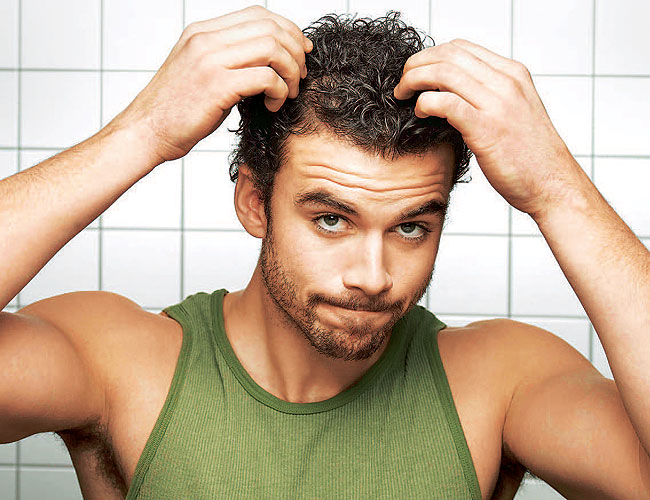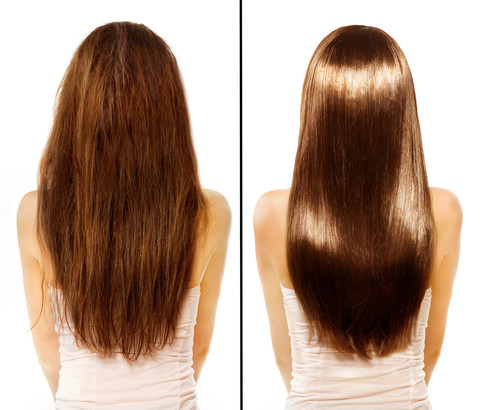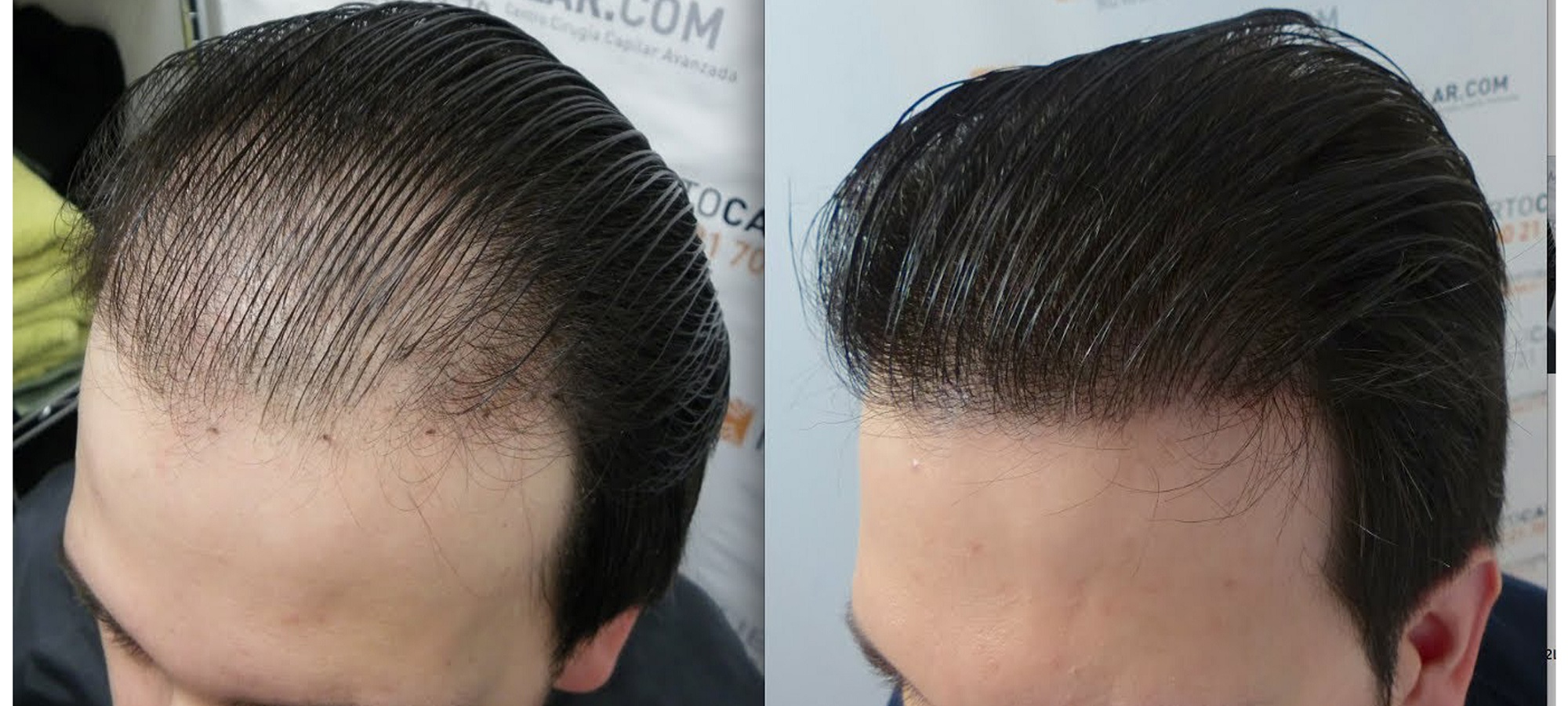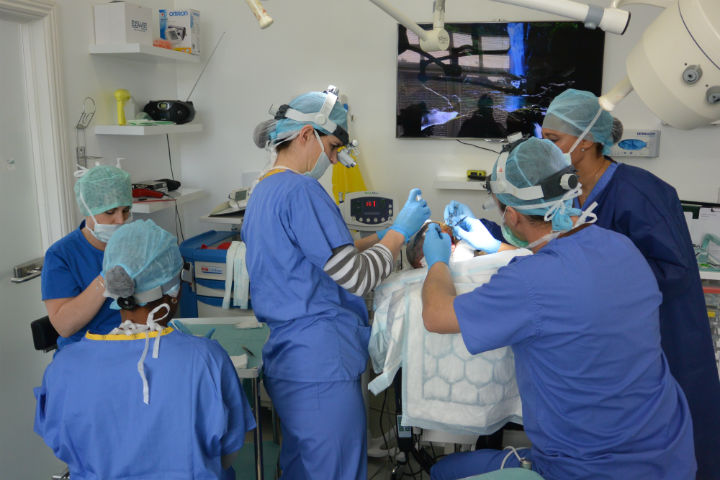“Youth is wasted on the young.”
This is a quote most attributed to Irish playwright George Bernard Shaw. Poet Oscar Wilde has also been gently glazed with some credit. It first came to prominence in a newspaper column from 1931. Here, the author was recalling some such words that Shaw retorted when asked what he thought the most beautiful thing in the world was. Shaw’s opinion came back thus: “Youth is the most beautiful thing in the world—and what a pity it has to be wasted on children!” Doubtless the words were spoken in jest, though youth is indeed almost universally believed to be quite beautiful, among many other things both dubious and non.
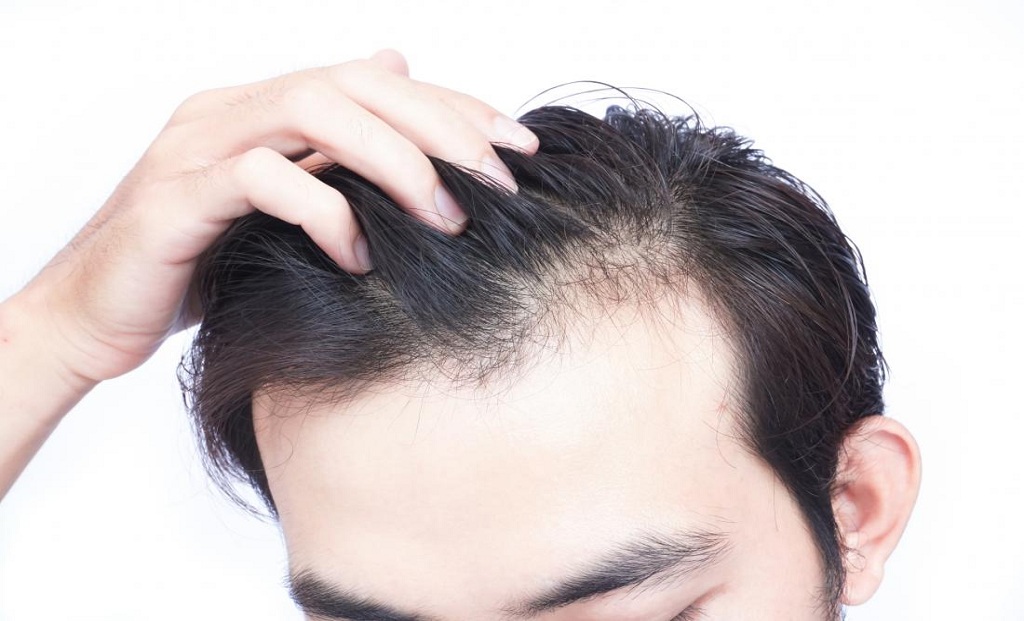
In a city such as Los Angeles, youth is not only perceived as beautiful, but well nigh essential for the achievement of other essential goals, such as self-confidence, employment, and inner well-being. Los Angeles has also long been considered as the place to go to make dreams come true. Here, youth is not wasted on the young. It is cherished. Held sacred. Sacrificed unto by way of vigorous exercise and strict dieting. And finally, it is contained. Bottled like an elixir against the cruelty of ticking hands on a watch face.
But like anything beautiful, youth resists the cages of stubborn brass that dangle from those impassioned archways of so many aspiring Ponce de Leons. In our early years it sojourns out of necessity to flee. People taken from us too soon are often remembered as beautiful. Glory years that we look back upon with misty eyes, the same.
How can we hold on to time? Something as intangible as it is irreversible? The closest one can even get to seeing time is to see light, but when we close our hands to take hold, we only catch the dark. Is it truly so impossible? Are we forever trapped in this narrow chasm of life, destined to turn one rigid corner at a time, never able to look too far ahead, or too far behind?
The answer, perhaps, is one for physicists to work out. For the rest of us, to even consider the question may induce a kind of dreariness we are better off ignoring. Instead, let us break the quandary down into smaller portions…and then, for the sake of the subject at hand, focus on merely one of those portions.
Energy and confidence from your own, naturally growing hair
When you first meet Doctor Parsa Mohebi, he won’t boast that he can literally reverse time. Yet with almost 30 years of experience with hair transplant surgery and technology, he has become quite adept at undoing the effects of time—specifically, the effects involving pattern baldness. He graduated from Shahid Beheshti University Of Medical Sciences, Faculty Of Medicine, in 1994. He also received training as a surgical intern at the University of North Dakota, and served his surgical residency at the University of New Mexico, as well as York Hospital in Pennsylvania.
He took a particular interest in the healing of wounds. New tissue growth, and how to achieve it, drew his eye. With a few of his experiments he would notice, from time to time, hair growing along with the tissue. These discoveries triggered a second, even deeper interest: hair restoration.
From here he moved on to become an internationally famous hair transplant surgeon. With offices in Encino, Beverly Hills, and San Francisco, Dr. Mohebi has helped to make California one of the most popular destinations in the world for hair transplants. Besides conducting successful procedures in both follicular unit transplantation and follicular unit extraction on a regular basis, the good doctor has also been the innovator of new technology for the field. There is the Laxometer, which measures the tightness of a patient’s scalp to facilitate wound healing after surgery, the Mohebi Implanter for the insertion of follicular grafts, and techniques such as the Celebrity Hair Transplant and the Power Hairline.
And speaking of celebrities, Dr. Mohebi regularly conducts hair transplant surgery for the stars. Indeed, celebrities are booking appointments with him every year. This is because of the doctor’s distinguished background, impeccable skill, and a well earned reputation for success. Celebrity hair transplants in Los Angeles are common. It all seems to circle back to that unattainable desire to capture time in a bottle. Or at least carry off something akin to the next best thing: the restoration of natural beauty.
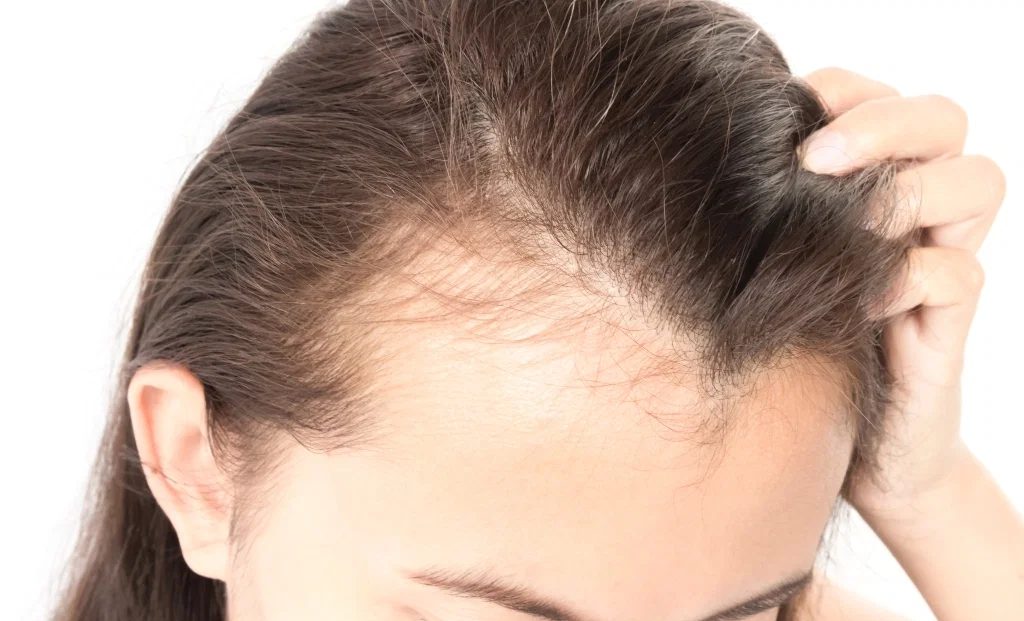
We leave you with the reminder that time can heal just as well as it hurts. Full recovery from hair transplant surgery, whether you’re a celebrity or no, takes only about one year. After such time, the transplanted follicular units will have fully sprouted. The head of natural hair you feared lost forever will be back. Along with them, perhaps, the feelings of youth which, rather than put to waste, were only in need of the proper catalyst for making a major comeback.

Helen Bradley is a health blogger and the founder of her own blog about fitness. She has been blogging for three years now and loves to share what she learns with others. Helen enjoys reading, cooking, and staying active outdoors.


